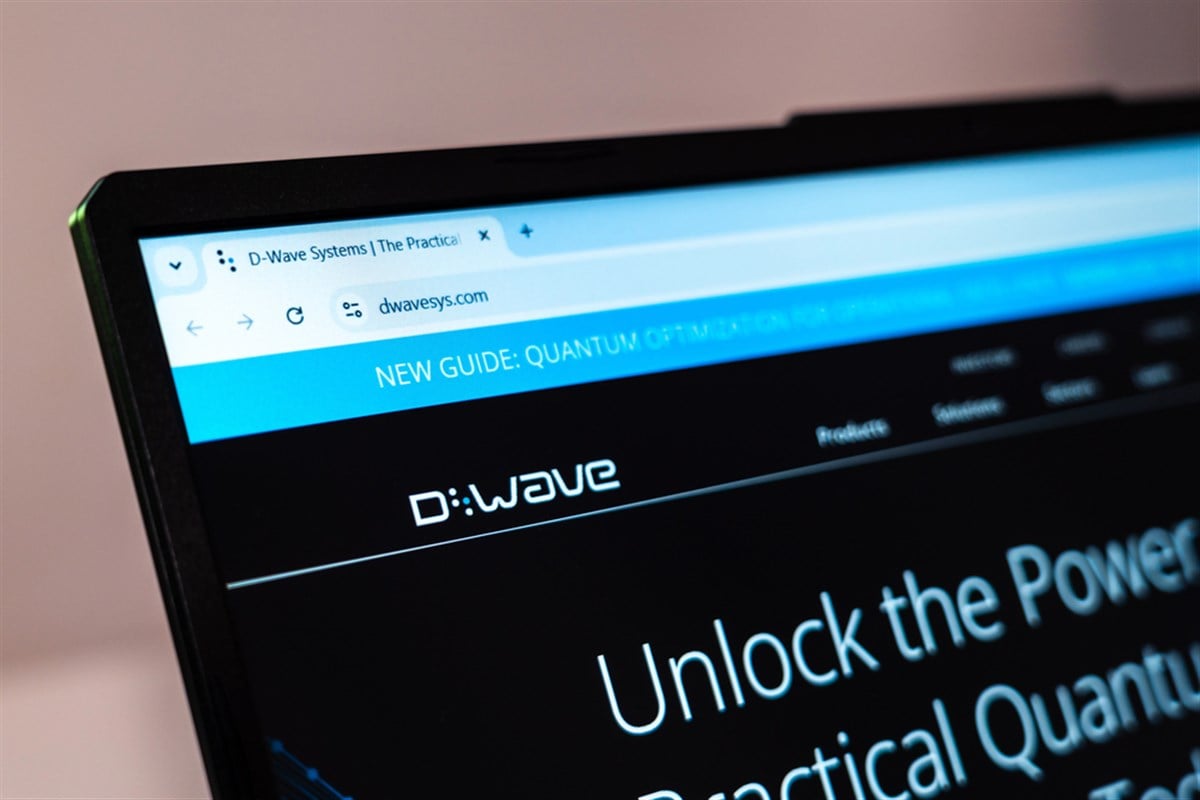Why These 2 Crypto ETFs Could Soar After the Sell-Off

For the second year in a row, it looks like exchange-traded funds (ETFs) will finish 2025 as the most popular financial instrument among investors and the financial advisors who recommend them.
In 2024, global ETFs set a record at $1.5 trillion. But of that, a record $1.1 trillion went into U.S. ETFs, shattering 2021’s record of $901 billion.
But while their role in many portfolios is to provide practical, broad diversification to entire indices, themes, or commodities such as gold, they are also increasingly being used by investors seeking equity market exposure to the crypto market. That’s because these funds offer a simplified approach that doesn’t require esoteric knowledge of things like gas fees, Web3 wallets, or the differences between hard and soft forks.
That has become very apparent to retail investors and institutional investors alike. By Oct. 15, Bitcoin (BTC) and Ethereum (ETH) ETFs inflows reached $48.7 billion, surpassing 2024’s total despite digital assets prices being highly volatile this month.
For investors looking to add crypto exposure without having to open a hot or cold wallet while stressing about remembering their private keys, two industry-leading crypto ETFs can provide access without having to directly own BTC or ETH.
Short-Term Volatility Makes for a Crypto Buying Opportunity
October—or “Uptober” among crypto enthusiasts—is historically a strong month for the crypto market. However this year, as is the case with many asset classes, crypto prices have been harder to predict.
That has been on display since the second week of October, when Bitcoin and Ethereum retraced more than 14% and nearly 20%, respectively, from their one-month highs to their one-month lows. But after running up more than 65% and nearly 208% from their year-to-date (YTD) bottoms before the sell-off, the two largest coins by market cap were overdue for some degree of correction.
In total, $500 billion was wiped out from the crypto market amid renewed trade tensions between the United States and China. Nonetheless, long-term trends remain intact, underscored by a crypto-friendly administration in Washington and continued weakness in the U.S. dollar—a currency that traditionally has an inverse relationship with BTC prices.
By Oct. 15, noting a near-term buy-low opportunity, investors rushed into Bitcoin and Ethereum ETFs, staging a $340 million, one-day reversal. Kevin Lee, chief business officer at Gate, told CryptoNews.com that was attributable to “price-insensitive” ETF buyers who rebalance into weakness.
That bullish buying has some analysts suggesting that crypto, broadly, is entering an accumulation stage after finding support and could trade in a range before testing the next leg up. For investors looking to get in before that could happen, the iShares Bitcoin Trust ETF (NASDAQ: IBIT) and the iShares Ethereum Trust ETF (NASDAQ: ETHA) remain down around 15% and 19%, respectively, from the YTD highs they hit earlier in August and October.
BlackRock’s 2 Big Crypto ETF Offerings
The spot ETFS—both of which are offered by the world’s largest asset management firm BlackRock (NYSE: BLK) and are backed by the coins—are two of the fastest growing funds globally.
In the company’s Q3 earnings call on Oct. 14, the executive team noted that it was now “exploring tokenizing long-term investment products like iShares” after seeing explosive demand for exchange-traded products such as IBIT and ETHA since their respective market debuts in January 2024 and July 2024.
In his comments, CEO Larry Fink noted that IBIT is now the largest crypto ETF, with net assets in excess of $100 billion at the time of the earnings call. While that may pale in comparison to the world’s largest ETF—the Vanguard S&P 500 ETF (NYSEARCA: VOO) and its more than $765 billion in net assets—for a crypto-leveraged fund that’s not even two years old, that demonstrates exponential growth.
Wall Street’s Smart Money Appears to Agree
Fink referred to the ETF’s surging popularity as “another proof point of [BlackRock’s] success” in adapting to evident demand for new market products. Institutional investors seem to agree with the CEO.
Over the past 12 months, IBIT has seen buyers outweigh sellers 1,287 to just 312, resulting in $10.21 billion in inflows versus $126 billion in outflows. Similarly, 219 ETHA buyers have outnumbered 35 sellers, with inflows of $1.07 billion dramatically outweighing outflows of just $116.66 million.
Meanwhile, IBIT’s short interest of 1.04% is nearly 16% lower than it was the month prior, which suggests that the bears are largely staying away from the fund. Ethereum tends to follow Bitcoin just how silver tends to follow gold. In that vein, short interest for ETHA stands at 5.96%—considerably higher than IBIT, but more than 61% lower than it was the month prior.
Learn more about ETHA


